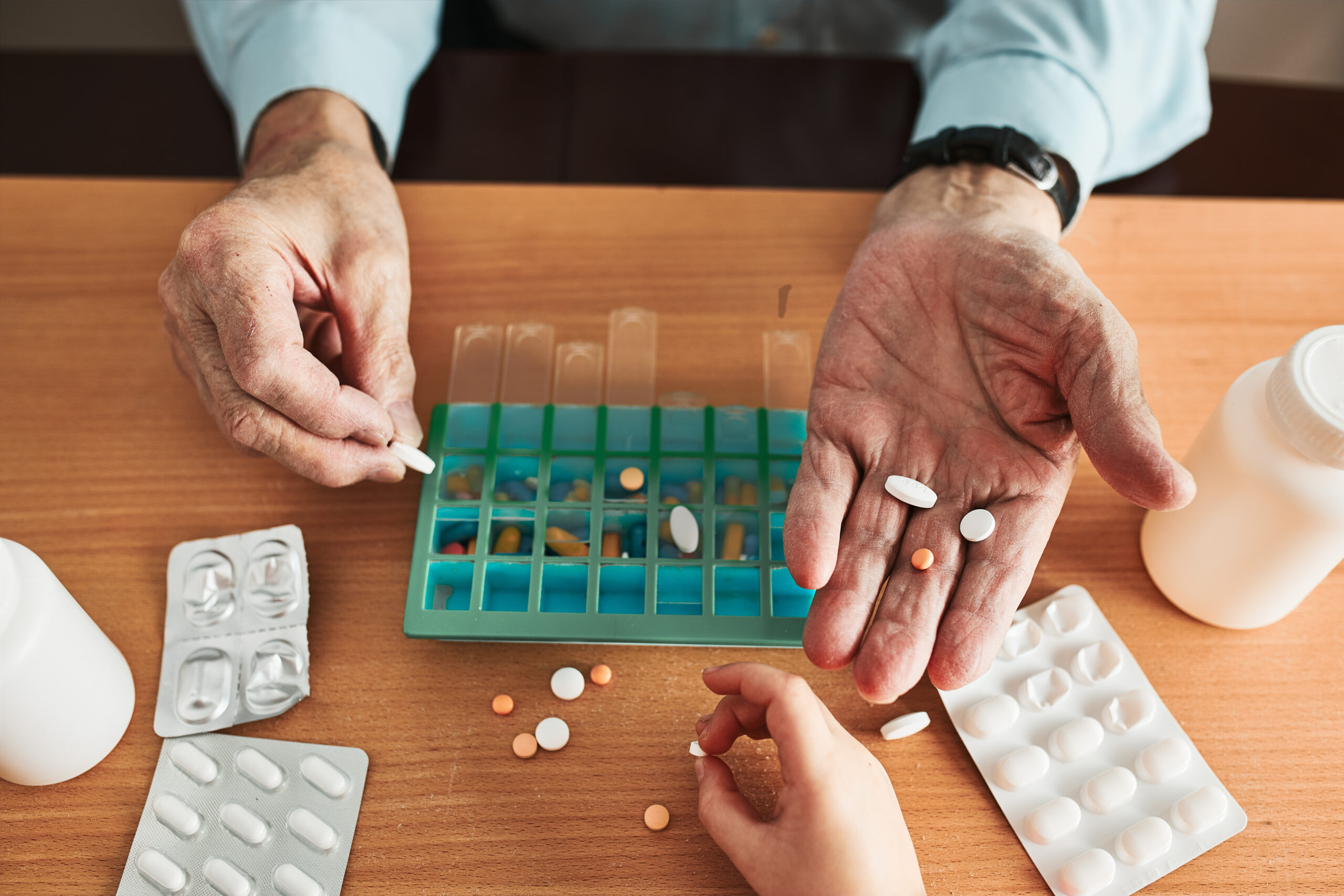
Regenerative medicine is transforming how we treat sports injuries, offering innovative solutions that enhance the body’s natural healing processes. This field of medicine focuses on repairing, replacing, or regenerating human cells, tissues, or organs to restore or establish normal function.
Let’s delve into the fascinating world of regenerative medicine, its applications in sports injuries, and the benefits it offers.
Understanding Regenerative Medicine
Regenerative medicine is a branch of medical science that uses clinically developed methods to boost the body’s repair mechanisms. Techniques often involve stem cells, tissue engineering, biomaterials, and growth factors that help repair tissues damaged by injury or disease.
Types of Regenerative Medicine Treatments for Sports Injury
Sports injuries, like ligament tears, muscle strains, and joint injuries, can benefit greatly from regenerative medicine treatments. Some of the most prominent methods include:
- Stem Cell Therapy involves using stem cells, which can differentiate into types of cells needed to repair damaged tissues. Stem cell therapy can significantly reduce recovery time for injuries like tendonitis or even more severe joint issues.
- Platelet-Rich Plasma (PRP) Therapy: PRP involves injecting concentrated platelets from the patient’s blood into the injured area. These platelets release growth factors that promote tissue repair and accelerate healing.
- Tissue Engineering: This approach uses biologically active scaffolds to form new viable tissues for medical purposes. It’s particularly useful in cases where tissue damage is substantial, such as severe muscle tears or ligament injuries.
Benefits of Regenerative Medicine for Sports Injury
Regenerative medicine offers several benefits that make it a preferred treatment method for athletes and individuals with sports injuries:
- Faster Recovery: Regenerative medicine can significantly shorten the recovery period by enhancing the body’s natural healing processes, allowing athletes to return to their sports activities sooner.
- Reduced Pain and Inflammation: Treatments like PRP therapy are known to reduce pain and inflammation, providing relief without the long-term use of medications.
- Decreased Risk of Future Injuries: Regenerative medicine can help strengthen the injured areas, potentially decreasing the risk of future injuries in the same region.
- Minimally Invasive: Many regenerative medicine treatments are performed using injections or similarly minimally invasive techniques, which are preferable to surgical interventions.
Who is the Ideal Candidate?
Regenerative medicine is particularly suited for individuals dealing with sports-related injuries or chronic conditions such as neuropathy and arthritis.
This advanced treatment can offer significant relief and recovery benefits to athletes who have sustained injuries through physical activity and to non-athletes experiencing similar physical setbacks.
It is ideal for those seeking alternatives to more invasive procedures. Natural healing can be particularly beneficial for individuals aiming to reduce reliance on pain medications and improve their quality of life.
When To See The Results of Regenerative Medicine For Sports Injury?
The timeframe for seeing results from regenerative medicine can vary widely among individuals. Typically, initial improvements may be noticed within a few weeks following the treatment, with gradual enhancements occurring over time.
Patients need to understand that regenerative medicine works by stimulating the body’s repair mechanisms, which means that the full benefits might take several months to a year to manifest fully.
Patience and following a prescribed rehabilitation or care plan can play critical roles in achieving the best outcomes.
How Long Do The Results From Regenerative Medicine Sports Injury Last?
The duration of results from regenerative medicine for sports injuries can significantly vary based on individual health factors, the severity of the injury, and the specific type of treatment administered.
Many patients experience long-term relief that substantially improves their mobility and quality of life.
The ongoing benefits can often be enhanced through follow-up treatments and a comprehensive approach to physical health, including proper exercise and diet.
What To Do Before Going Through The Treatment?
Preparation for regenerative medicine involves consulting with a specialist who can provide advice based on your specific condition and health history.
This may include guidelines on medication intake, activity levels, and other pre-treatment care.
Following treatment, it is crucial to adhere to post-procedure instructions, which may include activity modifications, follow-up appointments, and rehabilitation exercises.
These guidelines are designed to maximize the treatment benefits and support the healing process, ensuring the best possible recovery.
Can Regenerative Medicine Be Used in Conjunction with Other Treatments?
Yes, regenerative medicine can often be integrated with other treatments to enhance recovery from sports injuries.
Combining regenerative medicine with physical therapy, for example, can help strengthen the affected area for functional recovery.
For some conditions, regenerative treatments like PRP or stem cell therapy may also be used alongside conventional treatments such as anti-inflammatory medications or corticosteroid injections to maximize healing potential.
Consulting with a specialist who understands the synergy between different treatment modalities can provide a comprehensive approach to injury recovery.
What are The Risks Associated with Regenerative Medicine For Sports Injuries?
While regenerative medicine is generally considered safe, as with any medical procedure, there are risks involved. The most common risks include infection at the injection site, pain at the injection or treatment site, and, in rare cases, tissue damage.
The likelihood of serious effects is relatively low when qualified and experienced practitioners conduct treatments.
Patients need to choose reputable clinics and discuss all possible risks and benefits with their healthcare provider before undergoing any regenerative treatment.
This ensures that you are fully informed and can make the best decisions for your health and recovery.
Final Thoughts
Regenerative medicine represents a major advancement in the treatment and management of sports injuries.
Its ability to accelerate recovery and reduce pain without extensive surgery offers a promising future for athletes looking to maintain peak physical condition and for anyone wanting to recover swiftly from an injury.
Are you dealing with a sports injury and looking for cutting-edge treatment options? Book an appointment with Rio Medical to explore how regenerative medicine can help you regain your strength and get back to your active lifestyle more quickly.
Our experts are ready to guide you through the most advanced regenerative treatment options tailored to your specific needs.





